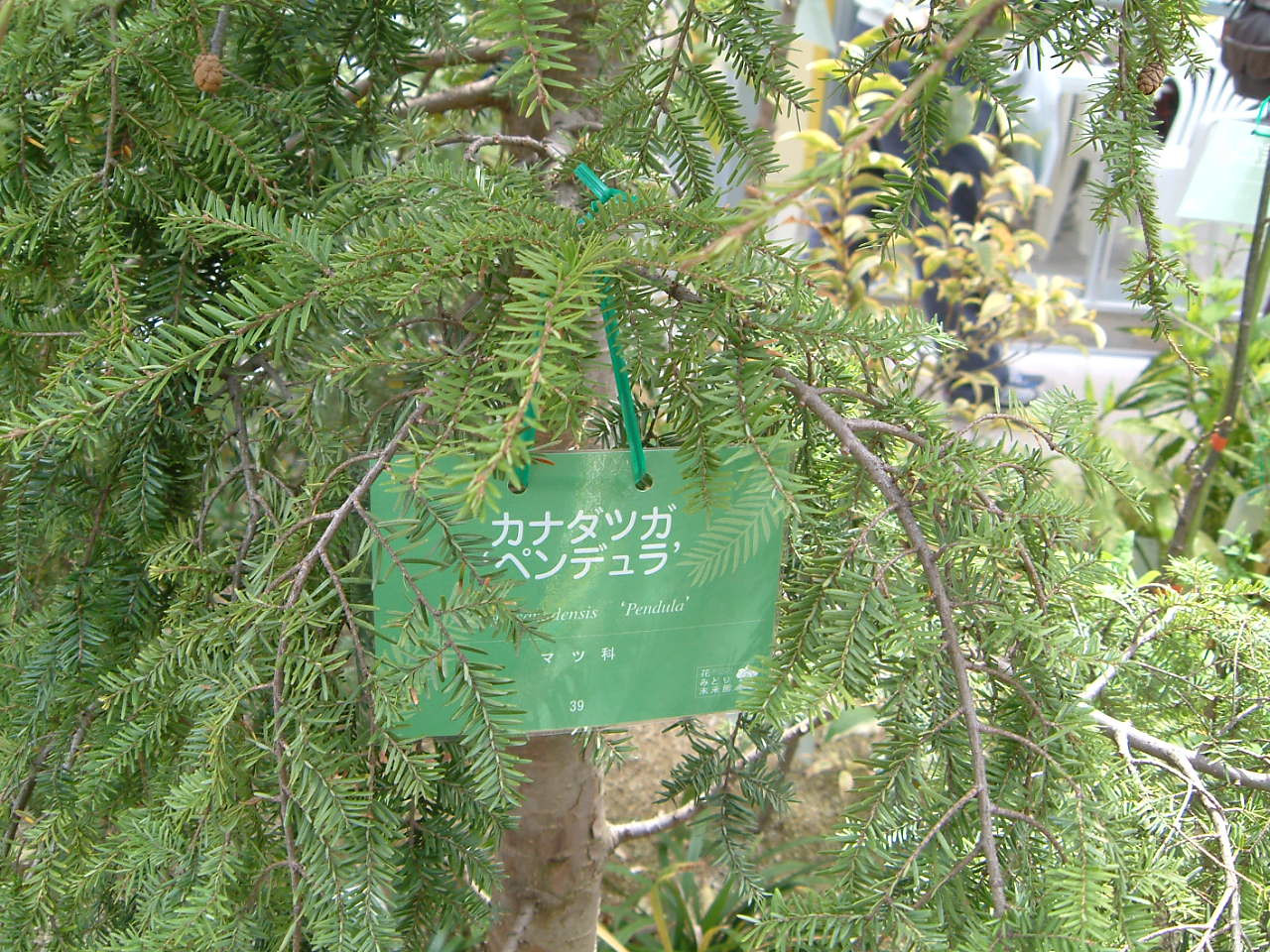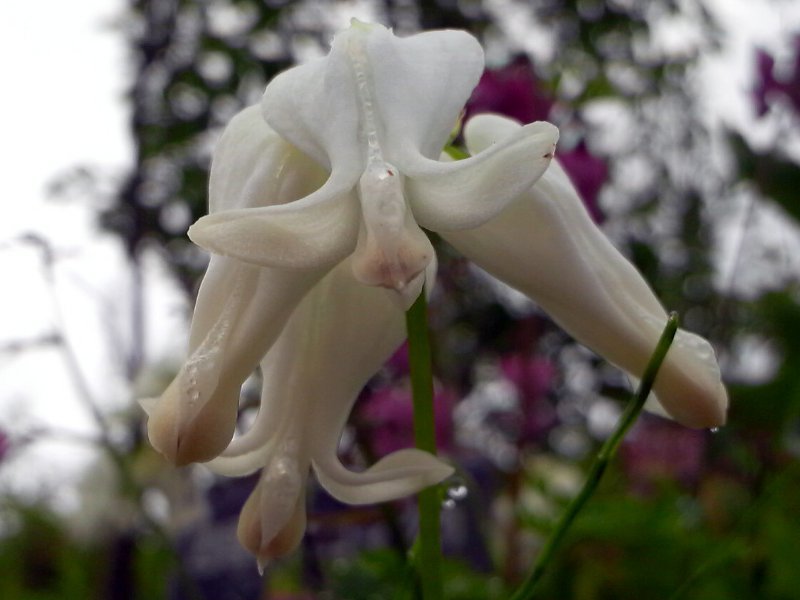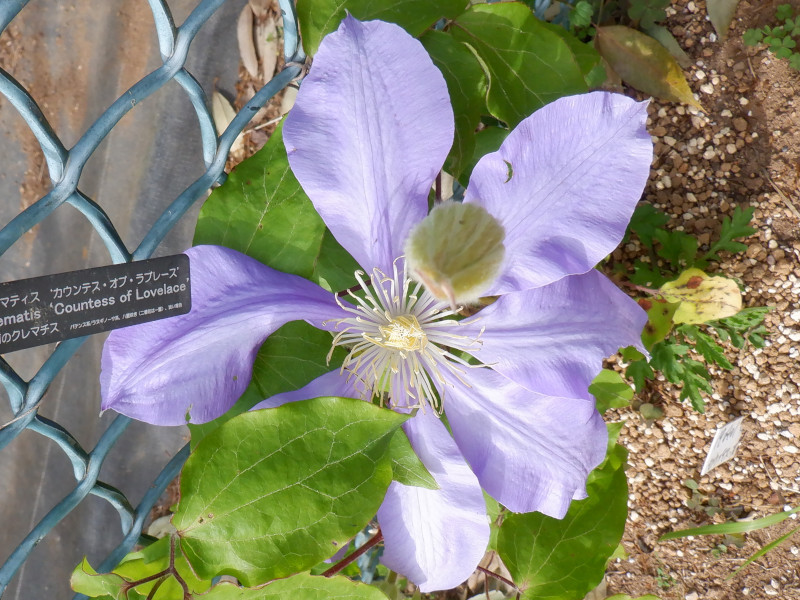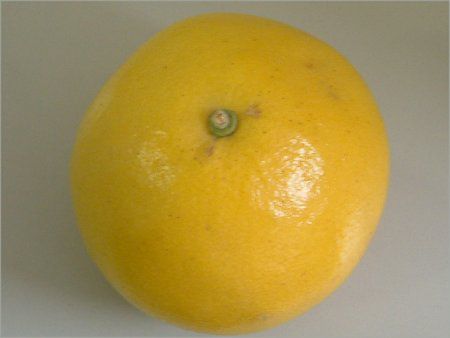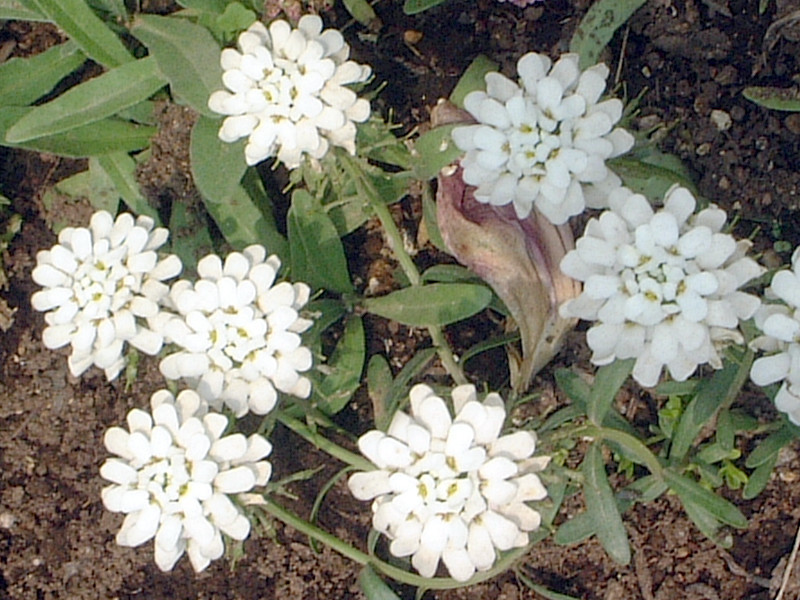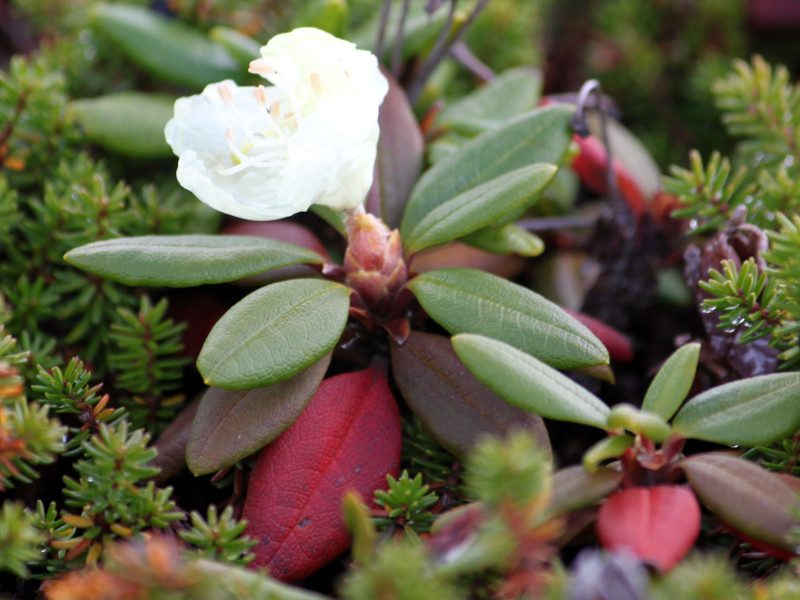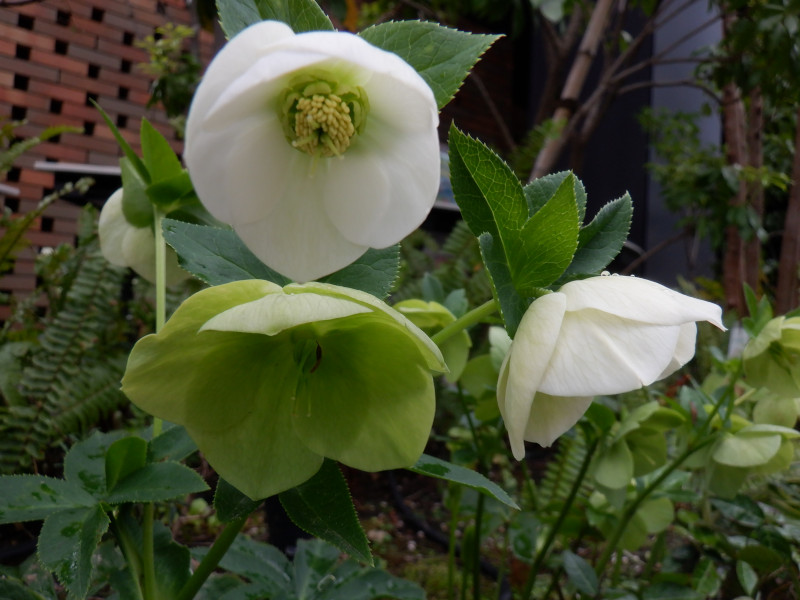Tsuga
- Flower nameTsuga
- Scientific nameTsuga canadensis ‘Pendula’
- Aliasトガ, Tsuga sieboldii, Tsuga, Japanese hemlock, 栂
- Place of originJapan and the Korean Peninsula
- Place of floweringBotanical Gardens, Cemetery & Temple, Park
- Flowering seasonApril, May
What is Tsuga
Tsuga or Japanese hemlock (Scientific name: Tsuga sieboldii) is a species of evergreen coniferous tree native to Japan and the Korean Peninsula. It grows naturally on steep slopes such as mountain ridges in Honshu, Shikoku and Kyushu. It resembles a fir, but the leaf tips are not pointed and the whitish stomatal glands are conspicuous on the underside of the leaves. Female and male flowers bloom in spring, one at each end of the branch. In autumn, green pine cones form, which turn brown when ripe and the seeds pop out. It is used as a park tree, a sacred tree in shrines, and a symbolic tree. The wood is a beautiful reddish cream color and is used for building materials.
Common name: Tsuga, Scientific name: Tsuga sieboldii, Place of origin: Japan to Korean Peninsula, Type of life: evergreen conifer, Tree height: 30-40 m, girth: 1 m, Girth: 1 m, Bark color: reddish brown with longitudinal fissures, Leaf length: 1 to 2 cm, Leaf length: 1 - 2 cm, leaf width: 0.2 cm, Leaf shape: pinnate; leaf color: dark green, Flowering season: April-May; Flower inflorescence: ball-shaped; flower diameter: 0.4 cm; Male flowers: yellow 0.4 cm, spherical, Female flowers: 4.5 cm, green to brown, broadly ovoid cones, Fruiting season: October, fruit color: brown, Uses: Trees are used for parks, shrines, and symbolic trees; wood is used for building materials and musical instruments; bark is used as dye for fishing nets.
